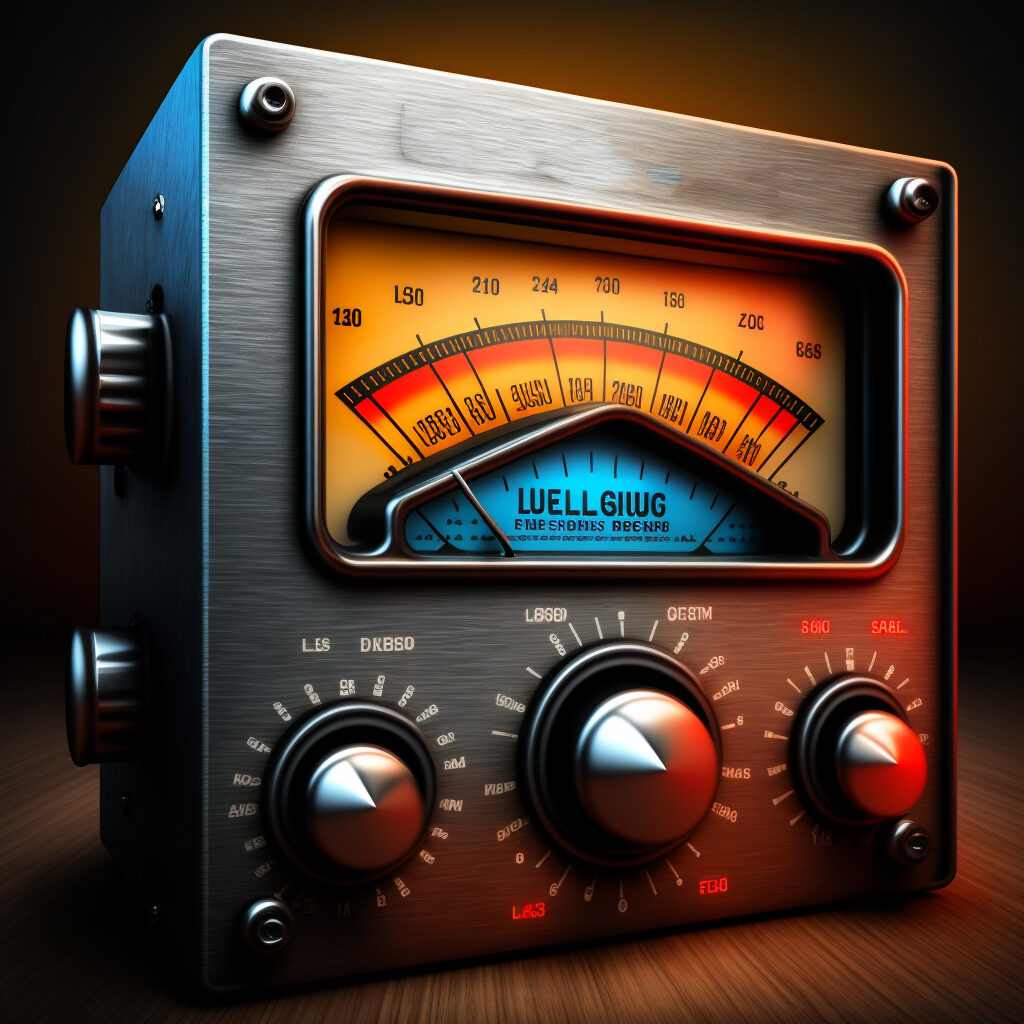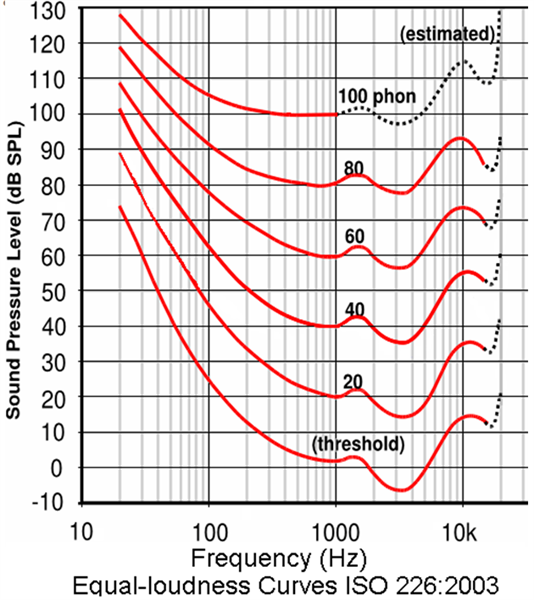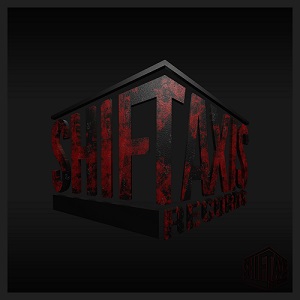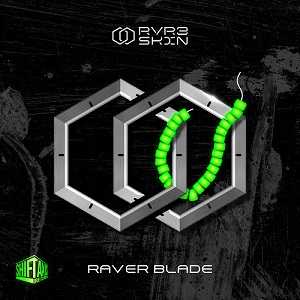
Introduction
When it comes to sound, we often think of loudness as a simple measurement of how intense a sound is. However, the concept of loudness is not as straightforward as it may seem. In fact, the perceived loudness of a sound can be influenced by a variety of factors, from the frequency of the sound to the listener’s own hearing sensitivity.
One of the most important factors that influences perceived loudness is the frequency of the sound. Low frequency sounds, such as bass notes, are perceived as being louder than high frequency sounds, such as treble notes. This is because low frequency sounds have more energy and can travel farther than high frequency sounds. Additionally, the human ear is more sensitive to low frequencies, which can also contribute to the perception of loudness.
Another factor that can influence perceived loudness is the listener’s own hearing sensitivity. Some people may have a greater sensitivity to certain frequencies or a greater ability to hear sounds at a lower volume. This can make a sound that may be considered quiet to one person, seem loud to another.
The duration of a sound can also play a role in perceived loudness. A sound that is brief and abrupt, such as a loud noise, can be perceived as louder than a sound that is prolonged and sustained, such as a humming noise.
The context in which a sound is heard can also affect perceived loudness. For example, a sound that is heard in a quiet room may seem louder than the same sound heard in a noisy environment.
Lastly, the sound pressure level (SPL) of a sound can also affect perceived loudness. SPL is a measure of the intensity of a sound and is often used to determine the loudness of a sound. However, the SPL of a sound is not always an accurate indicator of perceived loudness.
In conclusion, perceived loudness is a complex phenomenon that can be influenced by a variety of factors including frequency, hearing sensitivity, duration, context, and SPL. Understanding these factors can help us better appreciate the magic of sound and how it can affect our perception.
Here is a little magic trick bonus for ya… This is gold…
It is well-known among audio engineers, that the ears tend to trick your brain. What you are hearing in the mixes you use as a reference is a boosted low mid rather than a sub or a boosted sub but in a higher frequency than you may think. This higher frequency is called the harmonic frequency. This is a typical mistake people make. Yes, there is sub-information in a mix, no doubt but that is tucked underneath the bass as a layer and can be boosted along the harmonic frequencies of that note.
For this tutorial, I am going to suggest you download a free frequency meter by Voxengo called SPAN. First of all, it’s a great meter, it’s free, and if you scroll your mouse over the frequency window you will notice a crosshair pop up in the window. You will also notice at the top of the frequency window Hertz and CENTS being given. If you move your mouse left or right along the entire frequency range, you will notice that each frequency fits in a specific range of CENTS. In translation, each frequency has a key. The day I learned this; my whole life changed! If you know the key to your notes, you can better understand how to mix them.
Anyway, use this meter to help you visualize what I am talking about below.
The Problem
Amateur mixers, tend to think they should boost a sub-bass, or any sound for that matter, where it occurs in the fundamental range of the sound. Professionals understand that it’s not always best to boost in the fundamentals and that sometimes it’s best to boost in the harmonics or sub-harmonics of a sound depending on where other clashing sounds occur.
For instance, a sub triangle bass played at C2 has a fundamental at 65Hz. When people boost a sub like this, 65Hz is typically where they boost. But professionals know, it might be wiser to boost at the harmonic frequencies of this sound, which occur at 132Hz and 262Hz, depending of course, on where competing instrument layers occur. However, they forget about the harmonics and sub-harmonics of the sound occurring.
The problem with this method is that if your kick has a lot of sub-information occurring at 65Hz and you boost the sub-bass at 65Hz the two will become muddy. And if you cut one to allow space for the other to shine, you will end up losing the fullness of that sound. So, what do you do?
The Magic Trick
The trick is to boost the harmonics of that fundamental sound instead. In the example used above, you have a kick and sub-bass occurring in the same frequency range. If you cut the sub at 65Hz to allow for the kick to shine through, you will lose the power of the sub-bass.
What I would do to solve this is first sidechain the sub-bass to the kick, to allow the kick to breathe dynamically when both the kick and sub-bass occur. Then notch boosts the harmonics of the sub-bass to “trick” the ears into thinking the fundamental has been boosted when it has not. The beauty of doing things this way allows you to boost the sound without having to boost it as much if you were to boost the fundamental sub-harmonics of the sound.
Sound Pressure Levels Explained
The reason for this has to do with the Sound Pressure Levels (SPL) of your instrument track. SPLs are another way of saying the intensity of the wave. Lower frequency information requires more intensity to achieve the same intensity at higher frequencies (see chart below).

Felt Not Heard
So, using the example above. It will take less (decibels) of a notch EQ boost at 132Hz to equal the same boost at 65Hz. Which results in less added weight to your overall mix. Ultimately tricking the ears into thinking things are louder without actually adding as much weight, to the mix. THIS IS THE KEY. If you add less weight to the mix, you free up more space for other instruments.
Since most sub-frequencies occur at such a low-frequency range, almost too low for the human ears to hear. The sub-frequencies are commonly referred to as the “Felt” frequency ranges. This means that sub-frequencies are typically felt more than heard. If you have even been to a dance club and felt the bass in your chest. This is what you are experiencing. You might hear the bass too, but that is only due of the harmonic frequencies of that bass. Because the human ear has trouble hearing things below 65Hz and cannot hear frequencies below 20Hz.
Perceived Loudness
Perceived loudness is the heard not felt. So, when you boost the harmonics of a sound, to TRICK the ears into thinking there has been a boost in the fundamentals, this will raise the perceived loudness of that sound. SIMPLE. This is the trick most amateur mixers do not understand. Once you discover the POWER in this. Your mixing abilities will skyrocket.
Use Caution
You have to be very careful though as to not boost too much in the bad frequency ranges, which are typically associated with 200Hz to 300Hz and also at 2000Hz to 3000Hz. This is where mud and harshness are formed respectively. So, using the triangle sub bass at C2 example, we can see that you may not want to boost as much at 262Hz (the muddy range) as you would at 132Hz. However, boosting in these ranges can still be done, just use caution when doing so, and please do it in moderation.
The reason why these areas are typically muddy or harsh is that they are typical for where all instruments tend to have some fundamental, harmonic or subharmonic frequency overlap. The more sound that overlaps here equals more weight in that frequency range, which results in a muddier (lower) or harsh (upper) frequency clash.
SIDE NOTE
Try keying your drum hits the key to your song. If you know the key to your kick, you can better mix it with your bass, and sub-bass.
Again, using the C2 example above. If you know your kick, which is keyed at C2 and is in the key of A and the root note of your bass is in the key to A. You know both will occur at 27HZ and again at 55 HZ and again at 110 HZ and again at 220 HZ. This way you can better control where you boost which one to make each stand out respectively. Therefore, if you boost the bass around 55hz and again at 220 and then maybe again at 440 HZ then you know 110 HZ is free to boost the kick (where the meat of the kick is typical, around 80hz to 120 hz, in most cases). Coupled with sidechain you will have a very standout bass and a standout kick sounding keyed in harmony. Just keep in mind the lower your go in frequency the lesser of value of boosts (less dbs) are needed. Because the trick is to go higher in frequency to increase the perceived loudness not the felt loudness. Felt is subwoofer range. Heard is above that, typically 65hz+, but this depends on a lot of factors. One being the quality of your monitors or headphones.
This all brings me back to my point about using the hp filter eq to quickly reference the tidiness of your mix. So, you can free your mix of the felt and just hear the heard. Does that make sense? YES, YOU MUST reference the felt too. But it must be seen as more of a tucked underneath layer rather than the main focus.
The reason you boost higher in frequency is that it takes less EQ boost to increase the heard (perceived loudness) of something. So back to our example of the song in the key to A. You would have to boost much more at 55 HZ to gain the same amount of boost in only a DB boost at a higher frequency. This is why people tend to OVER boost the low end. When they could achieve the same effect, boosting higher up the frequency range, with less boost. Therefore, adding less PRESSURE to the mix causes less MUD.
The chart below, represents my meaning. It displays the equal loudness curve. What you are seeing is the sound pressure level (DB) (on the left) and the red lines display equal loudness along the frequency range. So closer to 10 HZ you would need to boost a sound to 130DB, and that same sound only needs to be boosted to 100DB to be heard at 1000HZ. Does all of this make sense?????

Movie Theater Trick
Most movie companies, when adding music to horror movies, for instance. Will add a low-ground hum sub, sometimes below 20HZ, which is below the audible range of the ears, but felt in a major way. This increases the pressure levels of the overall sound, without being heard. This added weight, which is felt, leaves the listener feeling the added intensity, without actually hearing it. So, when you know something scary is going to happen in a movie, it’s usually because of this trick. Musicians and producers can utilize this same trick but be careful as it will add to the weight of the mix and commonly isn’t suggested to use. My suggestion is to forgo this as there are better ways of achieving intensity from your mix.





Leave a Reply